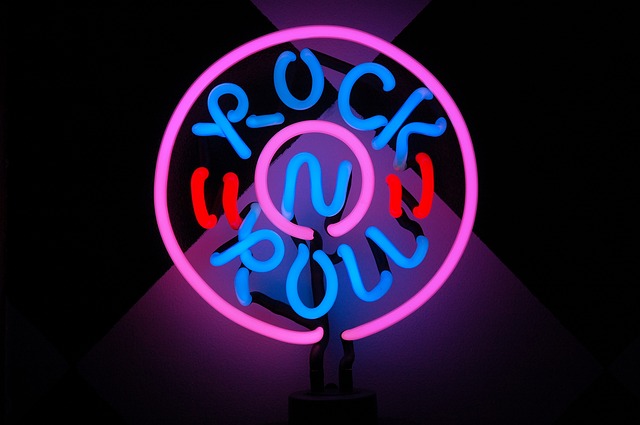
A raag ( Hindustani: राग) is a melodic mode or raga, a pattern of pitches in classical Indian music. There are hundreds of raags in Indian classical music, which have been used for centuries to express creativity and emotions in music. The raag Yaman belongs to the second group of Indian classical music, known as “Komal” ragas – or flat notes. These ragas are characterized by a natural downward movement and their notes descend in pitch. The raag also has both shuddha (natural) and tivra (sharpened) swaras.
* Tivra Ma: D# F# G A B C D
* Shuddh Ma: E F# G A B C



 Sitar is a stringed instrument that makes a sound similar to the
Sitar is a stringed instrument that makes a sound similar to the  dearVR PRO 2
dearVR PRO 2



